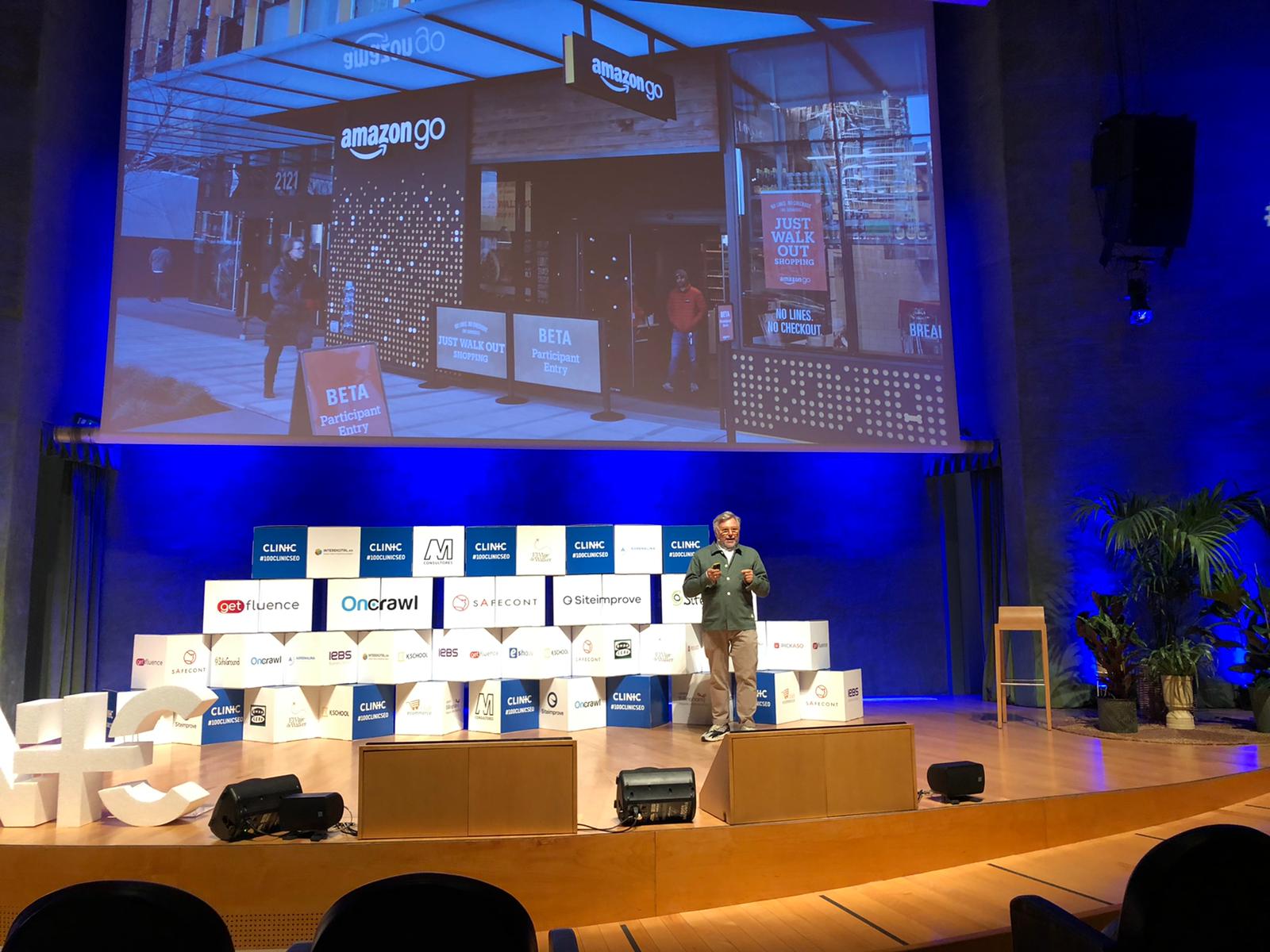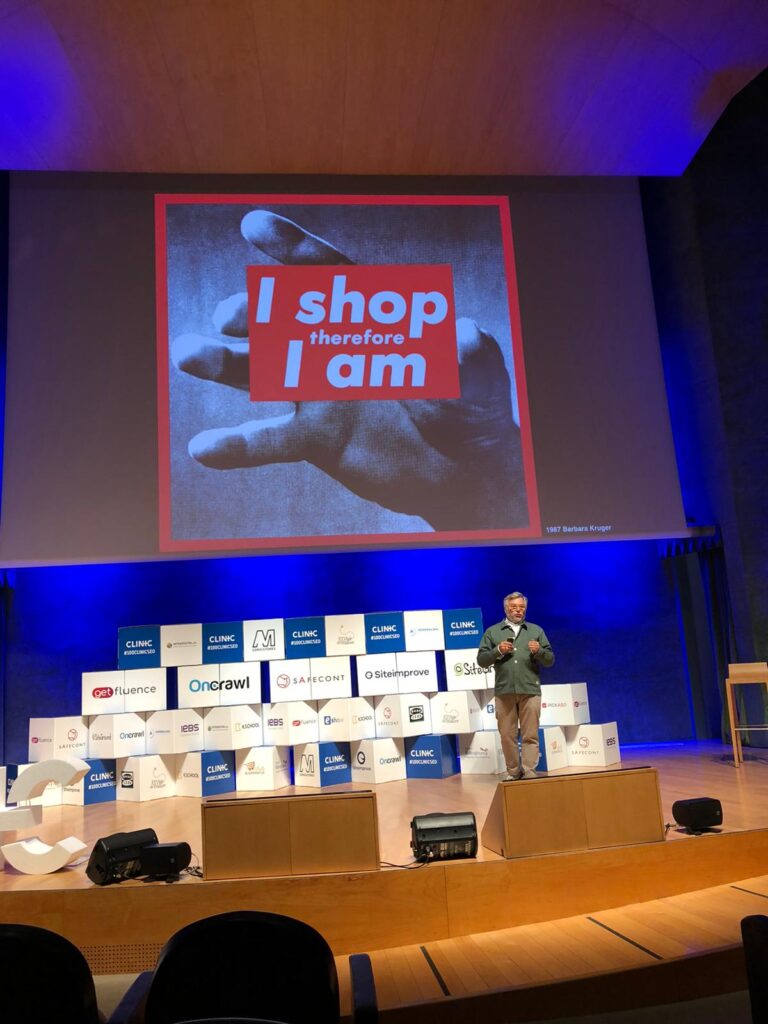Written by Fernando Maciá
Index
It is the turn of Lionel Malka, founder of Mética Retail Thinking, architect and consultant of significant spaces.
Retail apocalypse
Malka designs physical stores, service stations or shopping malls. They are all aimed at the same thing: to sell. “For a couple of years now, something has been happening to us that has chilled our blood.” Entire shopping centers are beginning to close and this trend is growing exponentially. It is now coming to the United Kingdom.
The Inditex group is beginning to close physical points of sale. The culprits are the users: digital commerce has begun to steal their customers. The first reason is clear: infinite inventory. In addition, online space does not pay rent (physical space does: it costs money and is expensive). And finally, the biggest advantage of digital commerce: everyone shops with one hand when and where they want.
This is undoubtedly an important factor in reducing physical retail sales. However, in 2018, we find that Amazon opens its first physical store, contradicting the above. AliExpress has also just opened its first physical store in Madrid. This creates a lot of confusion: why are Amazon and AliExpress opening physical stores?
Confusion between digital transformation and what it consists of in retailing
The growth of online commerce is enormous. But of all that is sold, only 20% is online. The remainder is sold in physical stores. And this despite the expected growth of online commerce (up to 70% growth forecast in China): the Chinese shop with their cell phones and are currently the biggest shoppers.
It is a somewhat false and uncomfortable discourse. We have forgotten that commerce is buying: that action that leads to clicks, conversion rates, etc. In the RAE, to buy is to obtain something for a price. But there is one thing: today, we are because we buy.
Young people make decisions in consultation with their network of contacts. They spend a lot of time online. Instagram, influencers, social networks, etc. impact and influence the purchase decision, also from physical stores. But from the physical stores you can also go back to the website, where there may be more variety.
The physical store is part of the purchase decision process, it plays a role in the customer journey, and the conversion can take place on or offline.
Necessities and whimsical products
The necessary products are purchased more online: we need them at any time and the decision is clear and quick. Whims are more complicated to satisfy online.
The new buyer chooses where, how and when to buy. You have been given the choice of how you want to shop. So just follow your needs and desires.
We are still engaged in a discussion about the channel through which the purchase will occur, rather than the purchase process as a whole.
Does online compete with offline?
Does AliExpress online compete with AliExpress offline? No. Each of the two experiences, showrooming and webrooming, complement each other.
Understanding people
Buyers and people are the most important. The retail challenge is the platform economy. That challenge, in the physical field, is beginning to be a new unknown: what will happen when people no longer want to buy a car? This is about to happen.
What will happen when people don’t want to buy anymore?
The most important thing is to understand people… It will be the only thing that will help us to respond to this challenge.
To turn these ideas into a holistic store vision, check our e-commerce shopping experience approach.


